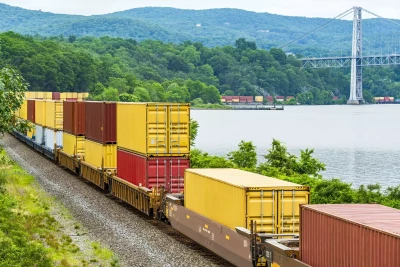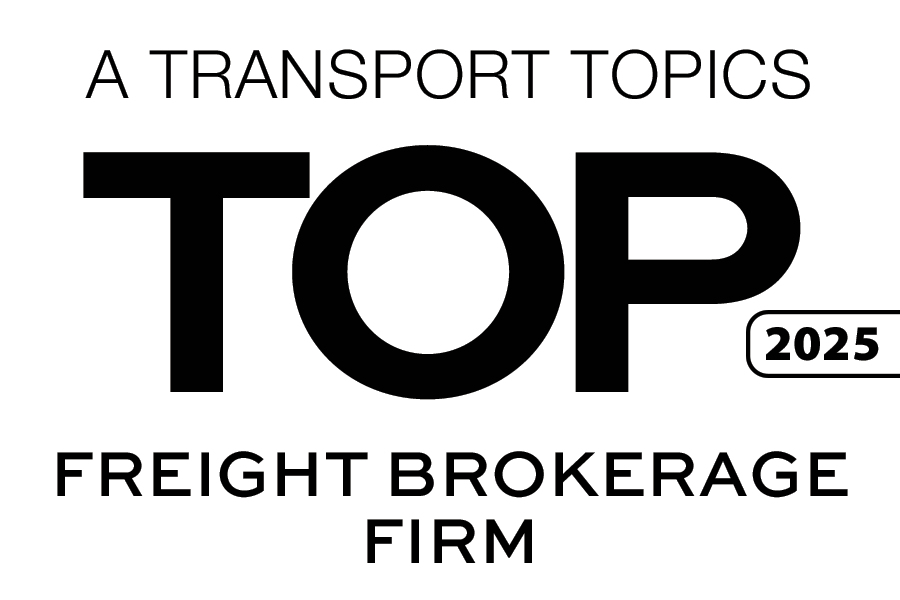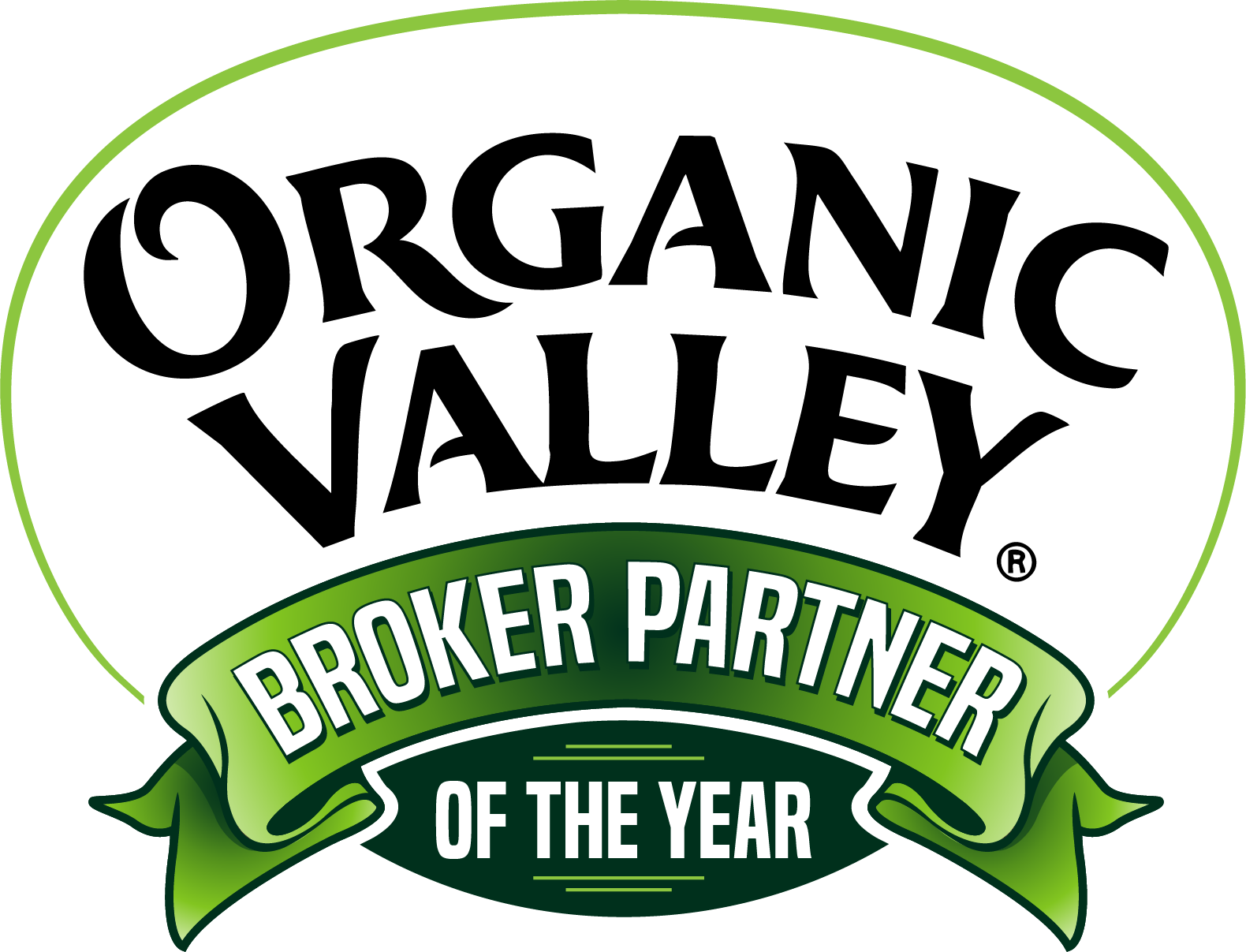Intermodal Transport: The Sustainable Future of Freight Shipping?
April 1, 2025
 Sustainability is a hot topic across many industries, and the logistics sector is no exception. Shippers and carriers alike are searching for ways to reduce their carbon footprint while maintaining efficiency and profitability. One of the most impactful ways to achieve this is through intermodal transportation. By shifting freight from highways to rail, companies can significantly cut emissions, reduce congestion, and improve overall supply chain sustainability.
Sustainability is a hot topic across many industries, and the logistics sector is no exception. Shippers and carriers alike are searching for ways to reduce their carbon footprint while maintaining efficiency and profitability. One of the most impactful ways to achieve this is through intermodal transportation. By shifting freight from highways to rail, companies can significantly cut emissions, reduce congestion, and improve overall supply chain sustainability.
“Everybody’s talking about sustainability. How do we protect our environment? Well, number one way to do it is intermodal,” says Steven Golich, President and CEO of Alliance Shippers, Inc. “You take so many trucks off the highways when you go intermodal. You talk about sustainability, that’s where you get it.”
For years, intermodal transport has been recognized as a greener alternative to long-haul trucking. Rail transport is vastly more fuel-efficient. Some estimates suggest that freight trains can move cargo nearly 300 miles on a single gallon of fuel. With growing corporate mandates for sustainability, more shippers are embracing intermodal solutions, even if it means slightly higher costs in certain corridors.
Many companies are now prioritizing intermodal because their boards and corporate leadership are demanding greener supply chain practices. This shift is leading to a resurgence in intermodal’s popularity, particularly for shipments covering 700 miles or more, where the efficiency gains are most pronounced.
Is increased intermodal transport the secret for a more sustainable future? Learn more with the latest episode of the Stay In Your Lane Podcast from Triple T Transport.
The major railroads, including BNSF, Union Pacific, Norfolk Southern, and CSX, have adjusted their networks to optimize intermodal efficiency. While some rail ramps have closed due to precision scheduled railroading, intermodal remains a key solution for long-haul freight movements, particularly on high-traffic corridors like Chicago to Los Angeles and the Pacific Northwest.
Shippers looking for viable intermodal solutions typically find that distances of 700–750 miles or more provide the best balance of cost savings and environmental benefits. While intermodal may not replace short-haul trucking, it is proving to be an essential component of a more sustainable logistics strategy.
Intermodal transport has evolved significantly over the years, with advancements in equipment making it more efficient and versatile. Traditionally, trailer-on-flatcar (TOFC) was a preferred method, especially for industries like produce and refrigerated goods. However, containerization has become the dominant approach, offering improved weight distribution and cost savings. With improved equipment and expanded service offerings, more industries are recognizing intermodal as a viable alternative to over-the-road trucking. If frozen products like ice cream can move reliably via intermodal, almost any temperature-sensitive product can.
“About 40% of my fleet is containers right now. It’s more economical,” says Golich. “We still run on the fast service, but we have the economics of stacked containers now, which is really cool for us.”
 These changes have led to a major increase in containerization in intermodal transport. The advantages are clear: stacked containers maximize rail yard space, increase efficiency, and lower operational costs. Additionally, railroads prefer containers because they allow for better utilization of infrastructure.
These changes have led to a major increase in containerization in intermodal transport. The advantages are clear: stacked containers maximize rail yard space, increase efficiency, and lower operational costs. Additionally, railroads prefer containers because they allow for better utilization of infrastructure.
Intermodal carriers are also incorporating new technologies to enhance sustainability. Some refrigerated units now feature solar-powered devices that help maintain temperature control without relying entirely on fuel-based power sources. GPS and other tracking technologies further improve efficiency by providing real-time location and condition updates for shipments. By investing in these innovations, intermodal providers are not only meeting today’s sustainability goals but also setting the stage for a more environmentally friendly future in freight transportation.
As sustainability mandates become more stringent, intermodal transport will continue to play a crucial role in freight logistics. With improved efficiency, cost-effectiveness, and environmental benefits, intermodal is proving to be more than just an alternative—it’s becoming an essential part of modern supply chains.
At Triple T Transport, sustainability isn’t just a buzzword—it’s a responsibility we take seriously. From optimizing logistics for fuel efficiency to partnering with organizations that promote environmental stewardship, we are committed to reducing our industry’s impact on the planet. By continuously seeking innovative solutions and fostering a culture of accountability, we’re not just moving freight—we’re driving meaningful change for a greener, more sustainable future.














